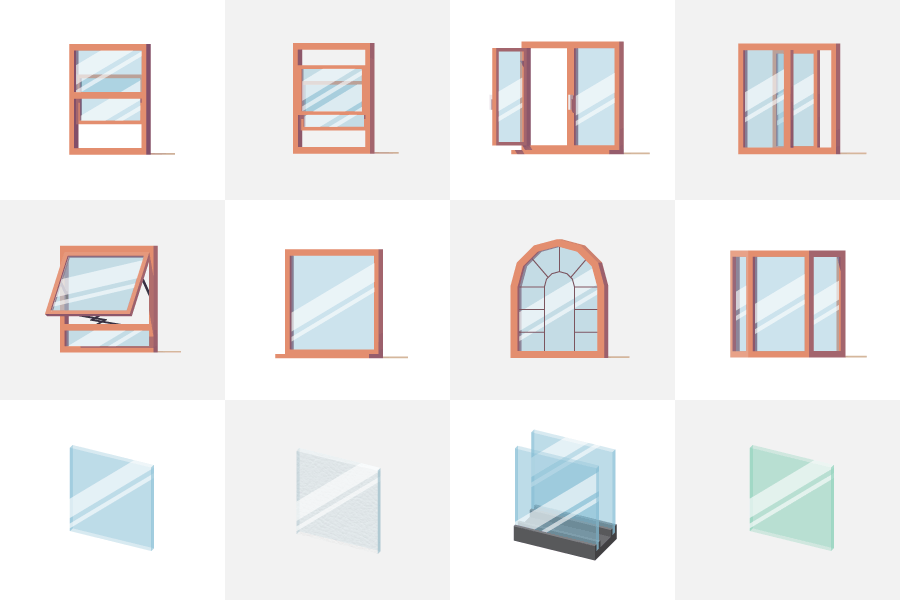Ideal Pressure Washing Methods For Different Types Of Surfaces
Ideal Pressure Washing Methods For Different Types Of Surfaces
Blog Article
Personnel Author-Elgaard Keating
When it comes to push cleaning, the technique you pick can make all the difference in attaining a clean, streak-free finish. You may find that difficult surface areas, like concrete, require a various strategy than softer materials, such as timber or vinyl. It's important to adjust your techniques to the surface type to avoid damage while optimizing cleansing performance. So, what are the best methods for each surface area, and how can you ensure you're making use of the ideal setups and devices for the task? Allow's explore what you need to know to obtain the most effective results.
Tough Surface areas
When it involves pressure cleaning tough surface areas, prep work is vital. Before you also think of taking out the stress washing machine, make the effort to get rid of the location of any kind of particles, furnishings, or barriers. You do not desire anything getting in your method or possibly destructive your equipment.
Next, examine the surface area for any cracks or damage; this will certainly help you figure out the appropriate strategy and stress settings.
Once you've prepared the location, it's important to pick the right nozzle. For tough surfaces like concrete or brick, a narrow nozzle (15 or 25 levels) works best to supply a concentrated stream of water that can properly remove gunk and spots. Constantly begin at a distance and gradually move more detailed to prevent any kind of surface damages.
As you begin washing, maintain the stick moving to stop streaks and over-saturation. It's likewise handy to function from the top down, enabling dirt and particles to remove normally.
Finally, keep in mind to wash the surface completely after cleaning to get rid of any remaining detergent. With these methods, you'll accomplish a clean and renewed look on all your tough surface areas.
Soft Surfaces
Stress cleaning soft surface areas needs a gentler technique to safeguard them from damages. Whether you're cleaning your deck, patio furnishings, or exterior siding, making use of excessive pressure can cause dents, scratches, and even irreversible damage.
Begin by selecting have a peek here -pressure nozzle, preferably a 25-degree or bigger spray pattern, to spread the water much more gently.
Prior to you begin, it's critical to pre-treat any type of discolorations with an appropriate cleansing remedy. This step enables the cleaner to penetrate the dirt and gunk, making it simpler to get rid of without scrubbing too hard.
Constantly apply the option from all-time low as much as protect against spotting.
When you start stress cleaning, keep a range of at the very least 12 to 18 inches from the surface. Relocate https://restaurantcleanerscompany98642.bloggip.com/32582174/reveal-the-ideal-home-window-cleaning-timetable-for-each-and-every-season-to-boost-the-visual-allure-and-capability-of-your-home-clarity-is-simply-around-the-bend in a sweeping movement, maintaining it alongside the surface area to stay clear of focused pressure on one place.
Wash the location completely after cleaning to eliminate any recurring cleanser.
Last but not least, inspect the surface for any missed places and duplicate the procedure if required. By adhering to these actions, you can properly clean soft surface areas while maintaining their integrity and appearance.
Specialty Surfaces
Cleaning soft surfaces calls for treatment, but specialty surfaces demand a lot more interest to information. When you tackle these surfaces, like fragile wood, stained concrete, or specific sorts of home siding, making use of the right stress cleaning methods is essential to stay clear of damages.
Initially, assess the material. As an example, treated timber can usually endure moderate stress, however softer woods like cedar might need a lower setup. Always begin with the most affordable stress and gradually raise if necessary.
For tarnished concrete, utilize a follower spray nozzle and maintain a consistent distance to prevent engraving the surface.
When managing surfaces like vinyl siding or painted surface areas, a vast spray pattern assists disperse the pressure evenly, protecting the finish.
It's likewise a good idea to utilize cleaning agents specifically made for specialty surface areas. They can improve cleaning without compromising the product.
Rinse thoroughly after cleaning to remove any type of deposit, as it can lead to discoloration or damage in time.
Conclusion
In conclusion, mastering pressure cleaning methods for various surface areas can make all the distinction in your cleaning outcomes. For difficult surfaces, stick to slim nozzles and a top-to-bottom technique, while soft surfaces need a gentler touch with wider nozzles. Do not fail to remember to pre-treat discolorations and rinse extensively to prevent residue. By adjusting your techniques to each material, you'll not only attain a cleaner coating but likewise shield the stability of your surfaces. Happy cleaning!
